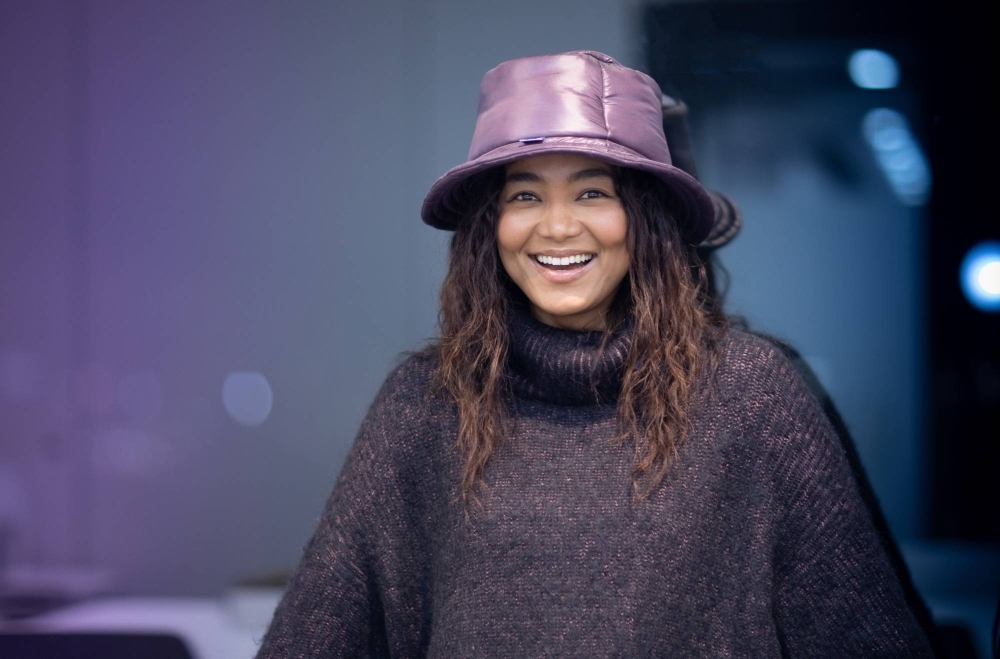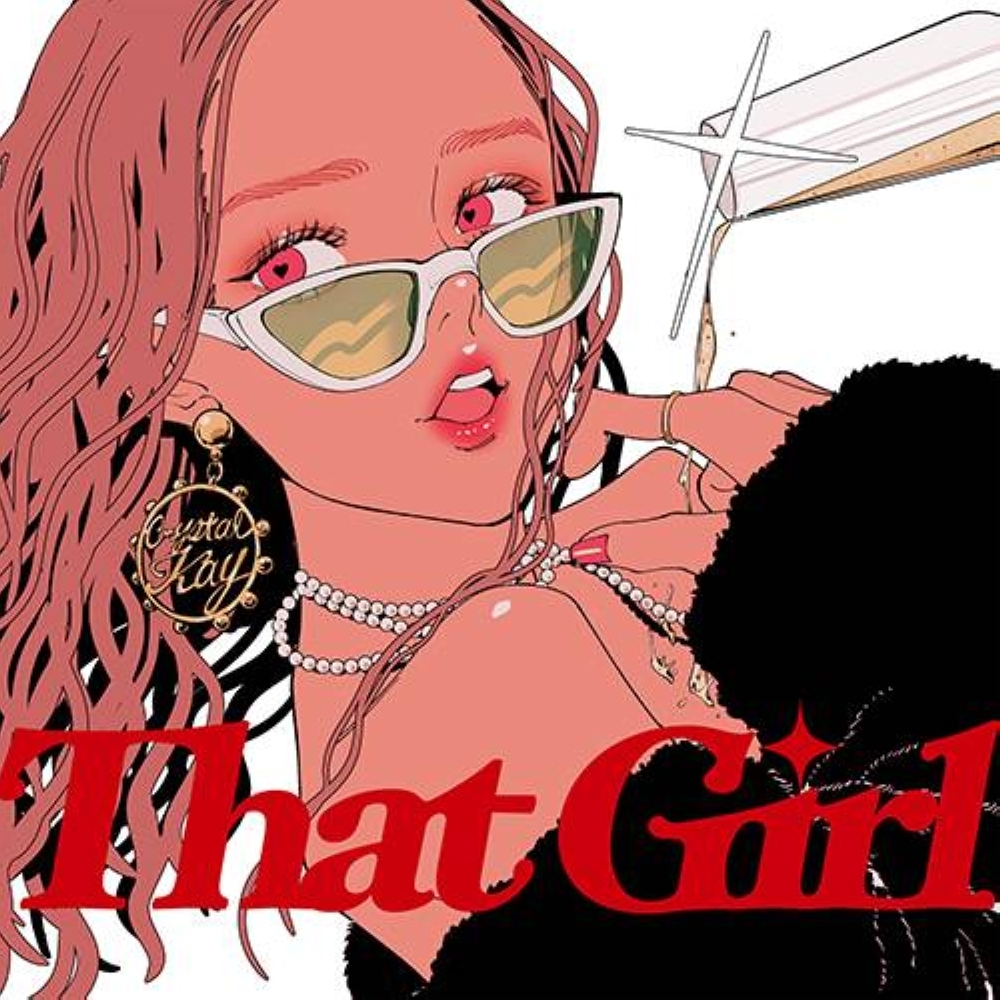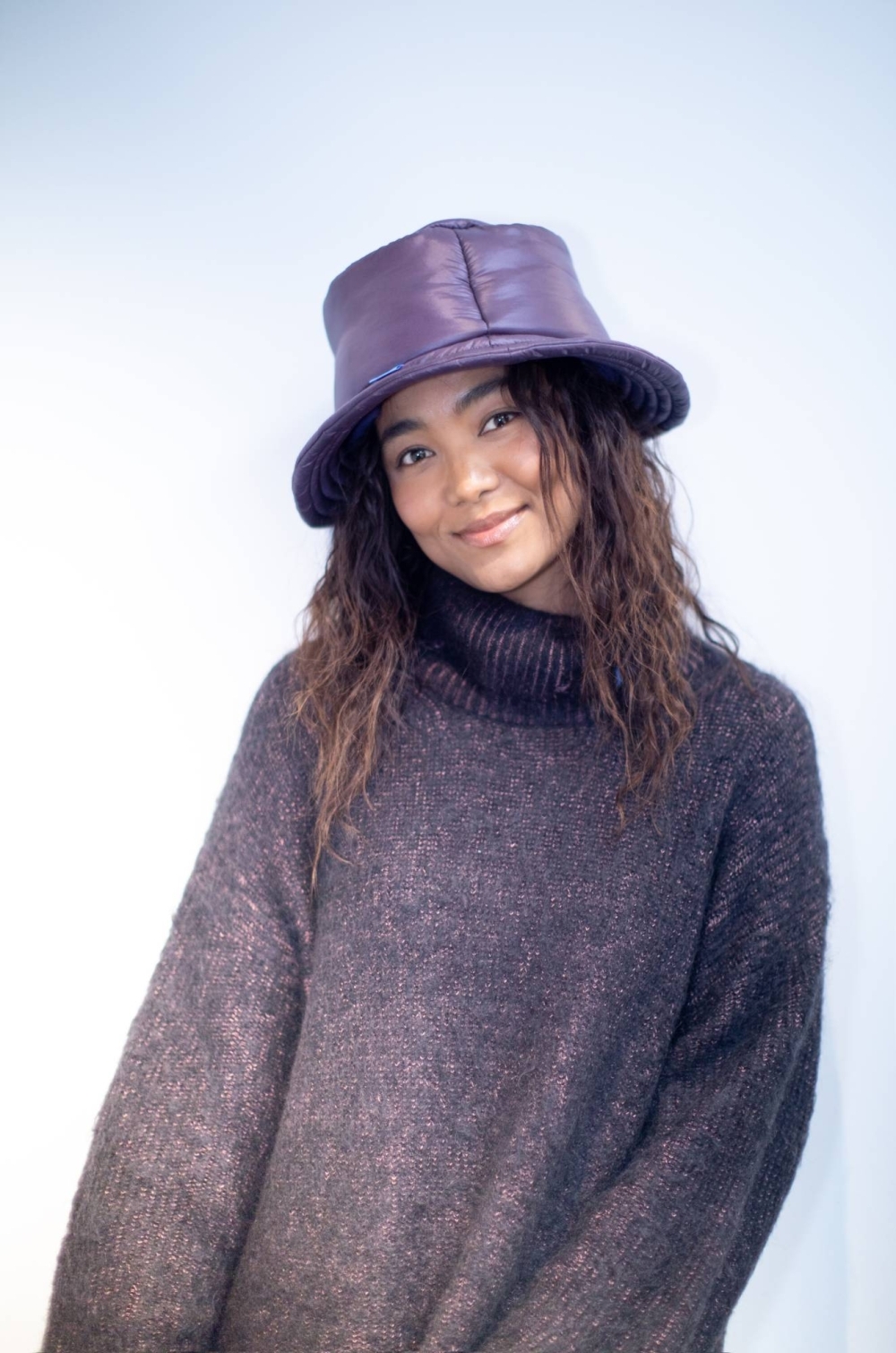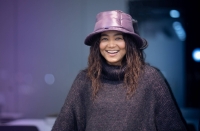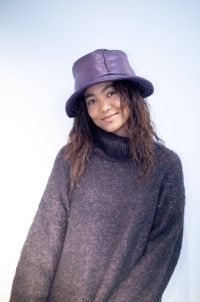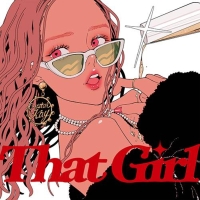Crystal Kay can get nostalgic, but she isn’t one to live in the past.
“When people show me something I did, I’m like, ‘Oh wow, natsukashii,’” she tells The Japan Times, using the Japanese word for feeling nostalgia. “But I’m not staying in that place. That makes it harder to grow.”
Thus, the 37-year-old singer isn’t approaching the 25th anniversary of her debut in J-pop as an opportunity to look backward. Rather, she wants to use the past to push herself forward.
“I feel like my first single and my first album really capture my essence. I think that was my sound,” she says. “I want to build a solid Crystal Kay 2.0 sound with that style I had when I first came out.”
Her new single, “That Girl,” offers a mission statement for Kay’s anniversary year as she turns to more uptempo, turn-of-the-century sounds. She has also reunited with producer Taku Takahashi for the occasion, who helped form the music of her early career both as a solo artist and as a collaborator with his dance-pop group m-flo. Yet Kay infuses the single with the modern thump of Jersey Club, a high-energy American style of dance music, complete with an arrangement credit from genre staple R3LL.
“It’s very Y2K, a nice mix of the 2000s and the new,” says Kay, adding that the musical choices sprung from discussions she and Takahashi had about what Gen Z is currently feeling.
The answer? The period of pop that Kay made her name from. Put it down to the perseverance of a 20-year-trend cycle or perhaps the availability of every 2000s-era cut via streaming, but the sounds (and visuals) from the time have also manifested in hits by artists such as PinkPantheress and NewJeans.
And, of course, younger listeners are rediscovering artists from that time — artists like Kay. Her 2003 single “Boyfriend — Part II” recently enjoyed some newfound attention (aided by its very Y2K-looking music video uploaded to YouTube six months ago) on short-form video platforms, complete with sped-up remixes.
“Because of that — seeing the younger generation discover my music — I went on Spotify, and I just played my first album, my second album ... the whole thing,” she says. “I was singing along to everything, like, ‘Damn, I still remember the riffs!’”
Kay (full name Crystal Kay Williams) was born in Yokosuka, Kanagawa Prefecture, to an African American father and a Korean mother. She started appearing in TV ads from the age of 4, eventually debuting as a singer at 13 with the single “Eternal Memories,” originally written as a jingle for then-ascendent sports drink Vitamin Water (another Y2K fave). That track was transformed into a proper debut, however, just off the strength of Kay’s vocals alone.
“Having had sessions with many incredible singers, I must say Crystal's expressiveness stands out remarkably,” Takahashi says via email. “Her ability to evoke emotion transcends expertise and genre, making her a truly unique presence.”
Kay existed in a pop ecosystem where Japanese artists such as Hikaru Utada were finding success with R&B sounds. She focused on that style for several years. “Then ‘Koi ni Ochitara’ (‘If I Fall in Love’) came around and kind of rocked my world,” Kay says, referring to the 2005 single that became her commercial breakthrough. While that song introduced her to more listeners, Kay says that its “kira-kira (shiny) R&B” sound became her sonic signature from that point, despite her previous focus on more traditional R&B and pop.
“It was a struggle, balancing what the label wanted and what I really wanted on the album,” Kay says. “From there, instead of building and making my own solid sound, we started focusing on that ‘Koi ni Ochitara’ sound. I started feeling like my core was becoming ... thinner.”
Kay says she appreciates “Koi ni Ochitara” and is now more at peace with the tension that played out from it, but the success of the song definitely changed her sound, or at least the pop-facing version of it. Throughout her career, though, Kay has continued to dip back into the R&B she loves while occasionally embracing rap, whether through a fusion of hip-hop and traditional Japanese sounds on 2014’s “Dum Ditty Dumb” (which she dubs “Yokohama ratchet pop!” with a laugh) or collaborating with rising Japanese rapper (and fellow mixed-race artist) Daichi Yamamoto on 2022’s “Gimme Some.” “That Girl” follows this lineage of Kay exploring her American side via styles pioneered by Black creators.
“I think I’m embracing it more. I enjoy it,” she says about her status as both a pop star and a prominent mixed-race artist in J-pop, helping to introduce performers from more varied backgrounds to the Japanese media landscape of the early 2000s.
“I think when I was a little bit younger, or maybe before I moved to New York for a while, I was a little less free than I am now. I was so worried about how people perceived me.
“I think a lot of people say that in your 20s, you are still finding yourself. In your 30s, you start knowing, and in your 40s you don’t give a f...,” she continues, catching herself before I say she can just go for it. “Then your 50s, you really don’t give a f--k. I want to get to that point!”
Kay describes herself as “forever a student,” and in recent years she has tried out mediums beyond pure singing. She launched a YouTube channel, helped start a philanthropic effort during the pandemic focused on mental health called All Four One Project, and starred in a Japanese production of the musical “Pippin.” She has also collaborated with other artists behind the scenes, including earning a credit on Ghanaian American singer Amaarae’s 2023 song “Wasted Eyes” for adding Japanese to the track.
Yet there’s one new title she’s still surprised by. “I guess people see me as a kind of (industry) veteran — it’s kind of weird.”
Last September, Kay went to Los Angeles to perform two shows. “I performed only songs from my Japanese catalog, but everyone was singing out loud with me. They knew all the lyrics, it was crazy,” she says.
She was especially touched by the crowd, “I would say 70% or 80% were African American and people of color.” She recalls multiple people talking to her afterward about how they grew up listening to her — despite the hurdles required to listen to J-pop in the early 2000s — and how she gave them hope.
“I was at a beach house in Malibu, and as I was leaving the bathroom this girl was like, ‘Oh, are you Crystal Kay?’ She was this gorgeous Black girl, mixed with a whole bunch of stuff, and I thought, ‘Who the hell knows my name, I’m in Malibu!’” Kay says with a laugh. “She told me she learned Japanese because of my songs and that I was doing so much for girls like us. ‘Please keep going.’”
That’s what Kay intends to do. She hopes to work on an album soon and believes she’s more in tune with what she wants. She also plays around with the idea of helping younger artists. Whatever path she goes down, her 25th anniversary is just one part of her story.
“It’s been a fun ride,” she says, “and I’m just happy I’m still on the journey, nowhere near the finish line.”



